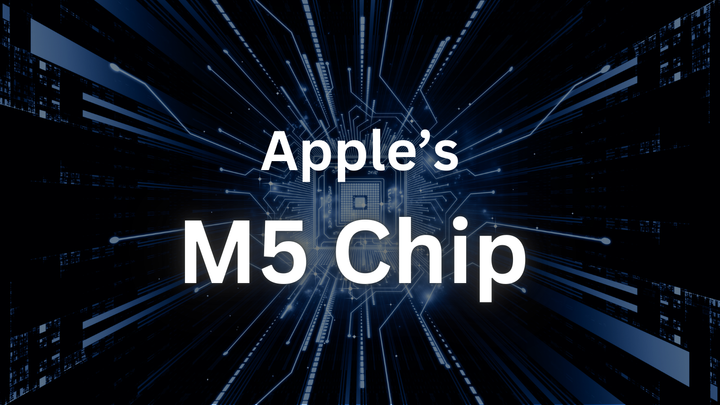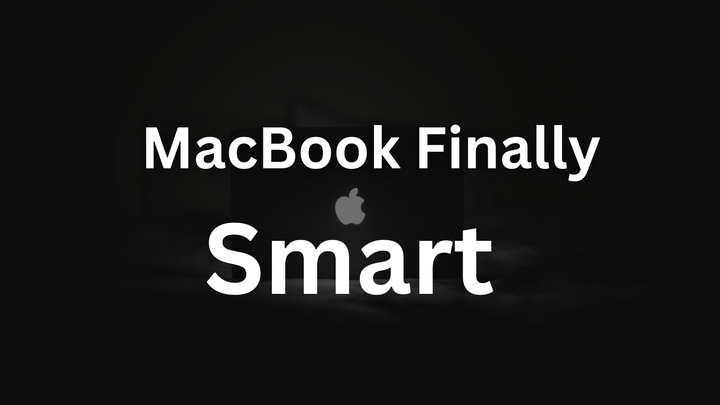Mac Studio Launch: Making Local AI More Accessible

While Apple's March 2025 announcements included updates to the iPad Air and MacBook Air lineup, the real star of the show is undoubtedly the new Mac Studio. This powerhouse machine particularly caught my attention following DigiAlps' impressive demonstration of DeepSeek-V3 running on Apple Silicon
Let's talk about accessibility and performance: DigiAlps demonstrated DeepSeek-V3's capabilities using eight M4 Pro Mac Minis with 64GB RAM each. While this distributed setup - costing approximately $15,992 ($1,999 x 8) - likely offers superior performance due to its combined CPU power and parallel processing capabilities, the new Mac Studio with M3 Ultra and 512GB unified memory presents a more accessible option at $9,499.
This $6,493 price difference makes running large language models significantly more approachable for individuals and smaller organizations. While the eight Mac Mini cluster might achieve faster inference times thanks to its combined processing power (8 separate CPUs working in parallel), the Mac Studio offers several practical advantages for individual users:
- Single-system simplicity
- No networking complexity
- Smaller physical footprint
- Lower power consumption
- No cluster management overhead
As DigiAlps reported, DeepSeek-V3's Mixture-of-Experts (MoE) architecture means it only uses about 37 billion of its 671 billion parameters for generating each token. While the Mac Mini cluster might process these tokens faster, the Mac Studio's unified memory architecture offers a more straightforward path to running these models locally.
Looking forward to March 12th's launch, the Mac Studio represents not necessarily the fastest but perhaps the most practical solution for individuals and smaller teams wanting to run large language models like DeepSeek V3. The significantly lower initial investment and simplified infrastructure make local AI development and inference more accessible than ever.
It will be interesting to see the real-world performance comparisons once the Mac Studio starts shipping. While it may not match the raw processing power of eight distributed machines, it could be the sweet spot for developers and researchers who want to work with large language models without the complexity of a cluster setup.
What are your thoughts on this trade-off between raw performance and accessibility? Would you prefer the higher performance of a Mac Mini cluster or the simplicity of a single Mac Studio? Share your thoughts on my X(former Twitter).
Reference: "DeepSeek-V3 on M4 Mac: Blazing Fast Inference on Apple Silicon" - DigiAlps LTD (https://digialps.com/deepseek-v3-on-m4-mac-blazing-fast-inference-on-apple-silicon/)



